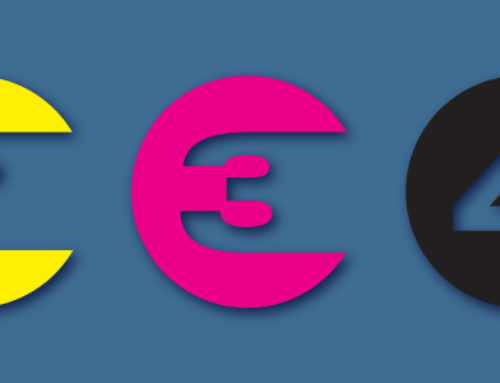February 5 marked the Chinese New Year, and this is the Year of the Pig. In Chinese culture, pigs are the symbol of wealth and good fortune. Perhaps this is a good sign for the financial industry, ground zero for all things money, because 2019 also looks to be the year of the bank merger.
Mergers are one strategy banks are using to deal with a financial landscape that is vastly changing. Thanks to a lower corporate tax rate and rollbacks to the Frank-Dodd financial regulatory framework, the environment is more favorable for merging. Before these recent changes, banks larger than $50 million were hesitant to consolidate because they’d be subject to even more regulatory requirements.
Let’s take a look at some of the reasons banks might find merging advantageous at this time.
Deposit Envy
One reason to merge is to better compete against other banks who are offering higher interest rates on deposit products. Banks don’t want to lose their depositors—deposits allow them to issue loans and collect interest. One way to keep funding stable for loans is to purchase another bank.
Technology and Innovation
Another reason is technology, which is changing faster than you can blink. Customers expect to do their banking quickly and efficiently online—even to receive an instant mortgage approval on their phone while grocery shopping! The way people do business with banks is changing at light speed, and merging with another bank—like SunTrust and BB&T—offers the capital and manpower to focus on technology innovation to stay ahead of the curve, giving customers what they want before they know they want it.
Competing in a new landscape
Another reason behind the SunTrust and BB&T merger is the ability to compete with tech firms like Facebook, Apple, Amazon, and Google, which are all steadily infiltrating the financial landscape. Due to strong brand recognition, many consumers feel they already have a relationship with these large companies, and can trust them. Capitalizing on their financial products seems like a natural, convenient next step. This will be a hurdle for banks.
Fintechs
Banks also need to consider fintech startups. These startups doubled from 2017 to 2018, laying claim to $40 billion in venture capital spending. Many of these startups are small, but there are some are valued at more than $1 billion. This is a trend that will only continue to grow. Fintechs tend to focus on specific branches of banking like lending, savings, and financial management tools that banks traditionally offer consumers.
***
Mergers & Acquisitions make good business sense
With the changes to the tax laws and Frank Dodd, it makes sense for banks to consider merging, especially smaller banks that may not have the capital or manpower to tackle expensive (and frequent) advances in technology and consumer expectations for almost instant results. It makes sense that even larger banks may need to band together just like SunTrust and BB&T when faced with mammoth companies like Amazon or Google, whose pockets and access to data know no ends.
Merging on your mind?
If your bank is considering a merger/acquisition, it’s important to start thinking about your customers almost before you have the idea, it that’s possible. Creating a strategy to announce the merger and share the details with your customer segments is crucial to gaining acceptance and lowering attrition rates. EdgeMark has worked with countless mergers over the years with extremely low attrition rates, so we know how this works—and how to make it work. It is possible to merge and keep most of your customers on board, and happy!
We’ll examine some of the tactics that have worked for us in our next blog post.



